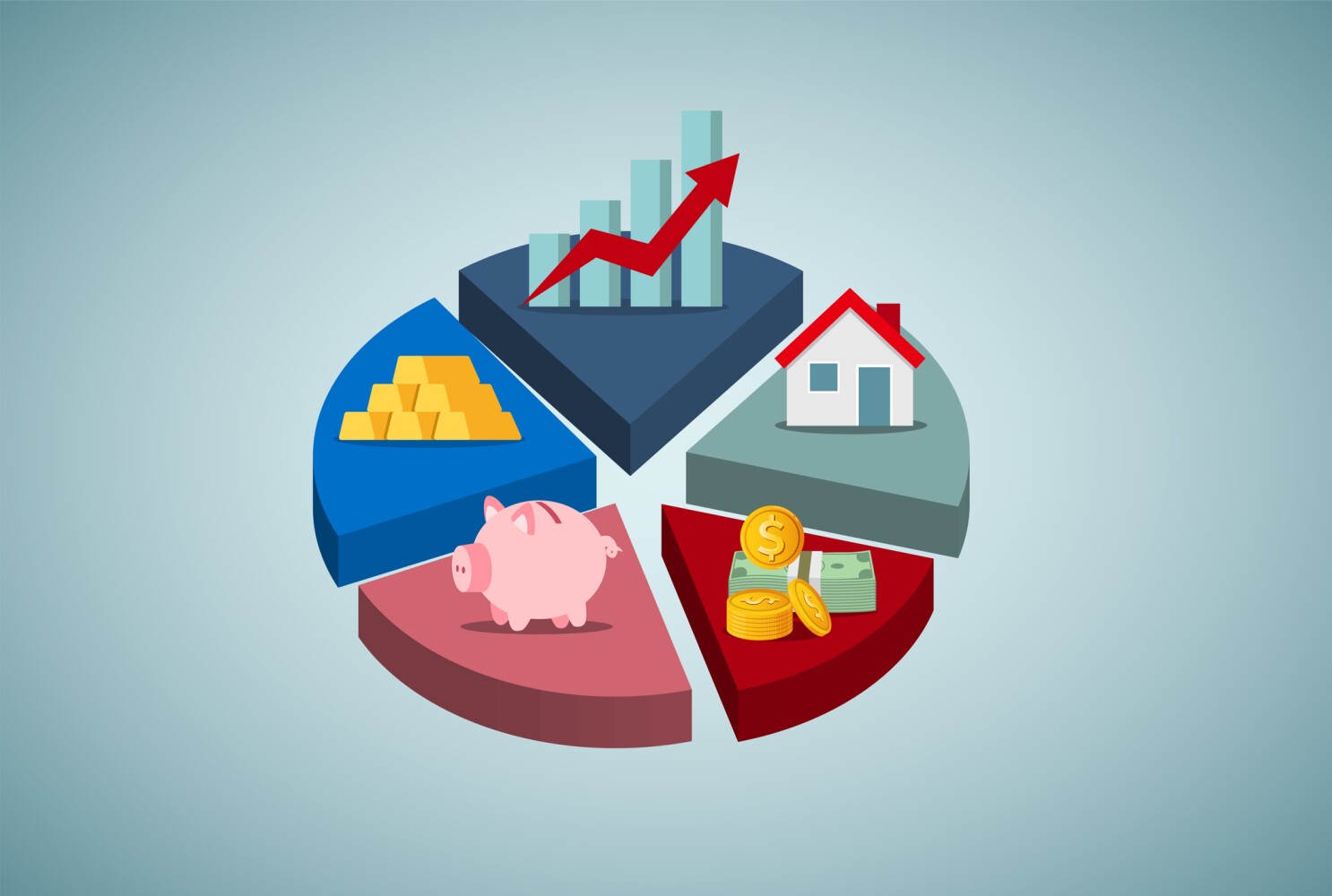Navigating the dynamic landscape of the United States' economy requires a strategic approach, especially considering its diverse sectors, regulatory frameworks, and market trends. Whether you're an investor, business owner, or simply someone interested in understanding economic dynamics, these ten tips will help you navigate the complexities of the USA's economy.
1. Stay Informed About Economic Indicators
Keep Tabs on Key Metrics
Stay informed about crucial economic indicators such as Gross Domestic Product (GDP), unemployment rates, inflation rates, and consumer spending. These metrics offer valuable insights into the overall health and trends of the U.S. economy, helping you make informed decisions.
2. Diversify Your Investments

Spread Risk Across Different Assets
Diversification is a key principle in investment strategy. Spread your investments across various asset classes and industries to mitigate risks associated with market fluctuations. A well-diversified portfolio can enhance stability and resilience in different economic conditions.
3. Understand the Regulatory Environment

Stay Compliant and Anticipate Changes
Be aware of the regulatory environment governing your industry. Understanding regulatory changes and compliance requirements is crucial for businesses and investors alike. Anticipate potential shifts in policies that could impact your operations or investments.
4. Leverage Technology for Financial Management

Utilize Digital Tools for Efficiency
Embrace technology for financial management. From accounting software to investment platforms, leveraging digital tools enhances efficiency and accuracy in financial processes. Stay updated on fintech innovations that can streamline your financial operations.
5. Monitor Global Economic Trends

Global Perspectives for Strategic Insights
The U.S. economy is interconnected with global markets. Stay attuned to international economic trends, trade agreements, and geopolitical developments. Understanding global dynamics provides strategic insights that can influence domestic economic conditions.
6. Stay Adaptable in a Changing Labor Market

Navigate Workforce Trends Effectively
The labor market is dynamic, with evolving trends in remote work, automation, and skill requirements. Stay adaptable by keeping abreast of workforce changes. Invest in upskilling and reskilling to align with emerging job market demands.
7. Maintain a Long-Term Investment Perspective

Patience Yields Rewards in Investments
Adopt a long-term perspective when it comes to investments. Short-term market fluctuations are common, but a patient approach can yield rewards over time. Focus on the fundamentals and resist the urge to make impulsive decisions based on short-term market movements.
8. Network and Collaborate

Build Relationships for Business Growth
Networking is essential for success in the business world. Build professional relationships, attend industry events, and collaborate with peers. Networking not only opens doors for opportunities but also provides valuable insights and support.
9. Strategize for Innovation and Adaptation
Embrace Change for Sustainable Growth
Innovation is a catalyst for growth. Stay ahead by embracing technological advancements and adapting to changing market dynamics. Businesses and individuals that innovate are better positioned to navigate economic shifts and stay competitive.
10. Plan for Economic Uncertainties
Build Resilience Through Contingency Planning
Economic uncertainties are inevitable. Develop contingency plans to navigate potential downturns or disruptions. Establish financial reserves, assess risk exposure, and have strategies in place to weather economic challenges.
Conclusion
Navigating the USA's economy requires a combination of vigilance, strategic planning, and adaptability. By staying informed, diversifying investments, understanding regulations, leveraging technology, and embracing innovation, you can position yourself for success in this dynamic economic landscape.
In conclusion, these ten tips serve as a guide for individuals and businesses aiming to thrive in the ever-evolving environment of the United States' economy.
FAQs -
Q. Why is diversification important in navigating the U.S. economy?
Ans: Diversification is crucial to mitigate risks associated with market fluctuations. By spreading investments across various asset classes and industries, individuals and businesses enhance stability and resilience in different economic conditions.
Q. How can technology be leveraged for financial management in the U.S. economy?
Ans: Technology can be utilized for financial management through the use of digital tools such as accounting software and investment platforms. Embracing fintech innovations enhances efficiency and accuracy in financial processes.
Q. What does it mean to maintain a long-term investment perspective in the U.S. economy?
Ans: Maintaining a long-term investment perspective involves focusing on the fundamentals and resisting the urge to make impulsive decisions based on short-term market fluctuations. Patience and a strategic outlook can yield rewards over time.
Q. Why is networking important for navigating the U.S. economy?
Ans: Networking is crucial for success in the business world as it opens doors for opportunities, provides valuable insights, and allows for collaboration. Building professional relationships through networking is essential for business growth.
Q. How can businesses plan for economic uncertainties in the U.S. economy?
Ans: Businesses can plan for economic uncertainties by developing contingency plans. This includes establishing financial reserves, assessing risk exposure, and having strategies in place to navigate potential downturns or disruptions.







